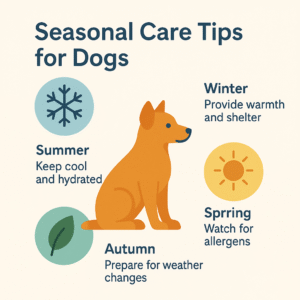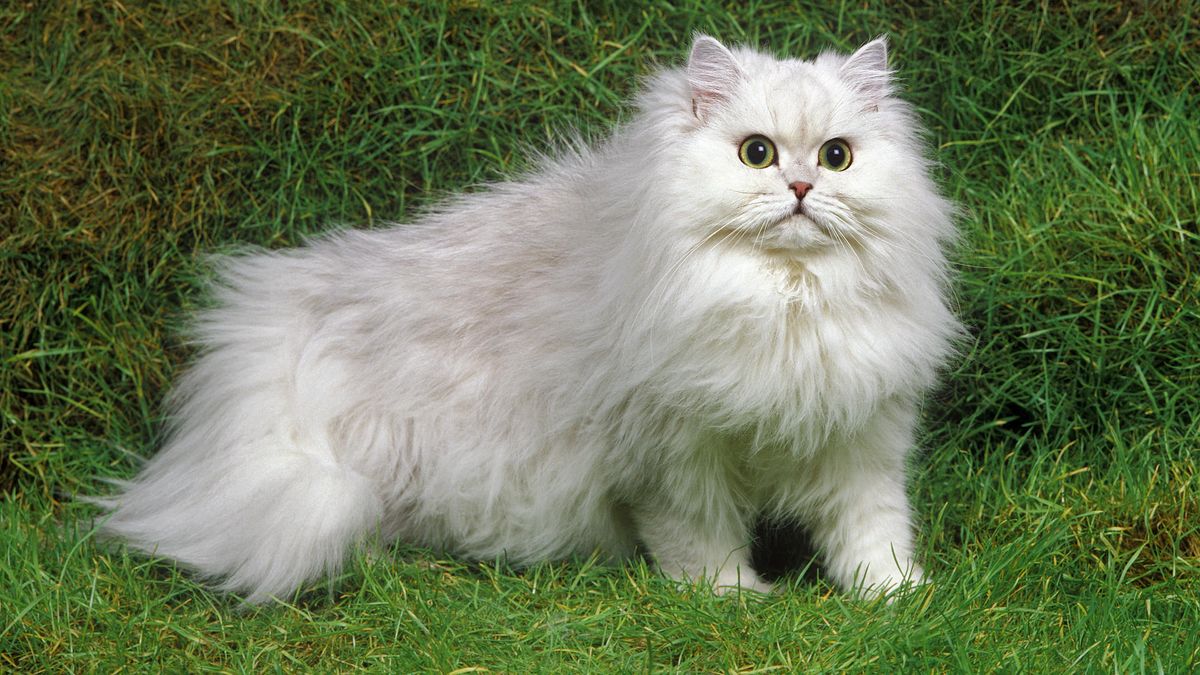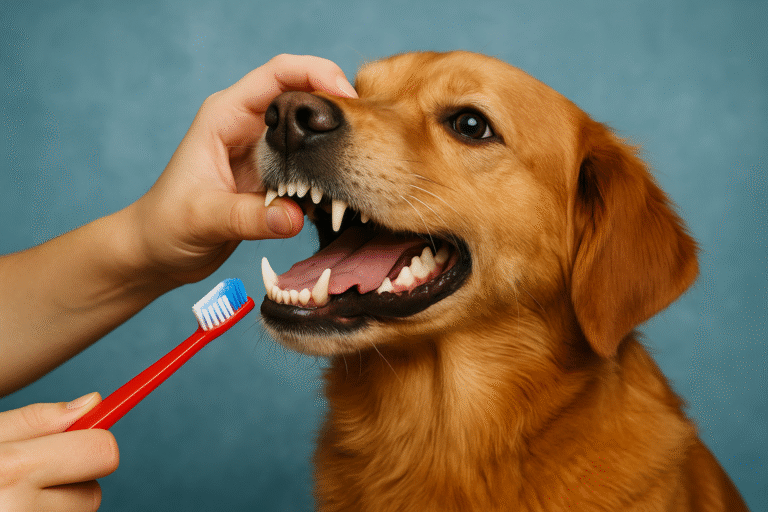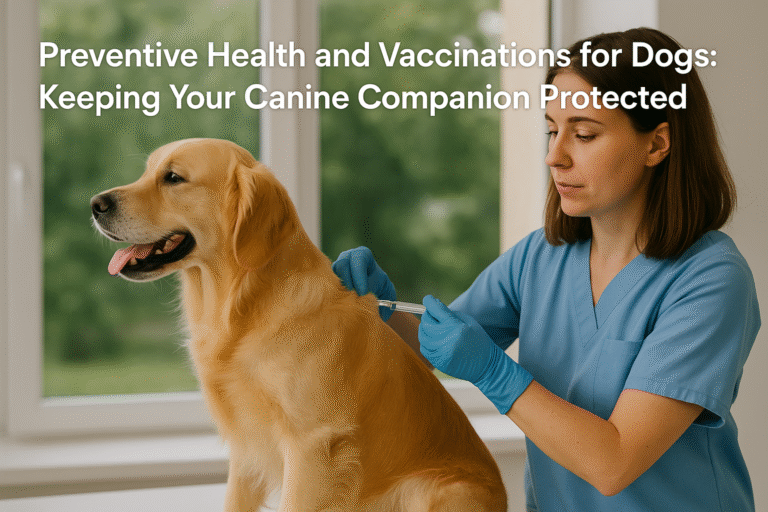Dental disease is one of the most common health problems in cats. Studies suggest that between 50 and 90 percent of cats over four years old suffer from some form of dental disease. The three most common conditions are gingivitis (inflammation of the gums), periodontitis (destruction of the tissues supporting the teeth) and tooth resorption. Left untreated, these issues can cause severe pain, difficulty eating, tooth loss and even systemic infection. Fortunately, most feline dental problems are preventable or reversible with proper home care and regular veterinary attention.
How dental disease develops
Bacteria in your cat’s mouth form a sticky film called plaque on the teeth. If not removed regularly, plaque migrates toward the gumline and below it, triggering an immune response that causes gingivitis—red, swollen and tender gums. When plaque absorbs minerals from saliva, it hardens into calculus (tartar), creating a rough surface that allows more harmful bacteria to attach. Without intervention, gingivitis can progress to periodontitis, where inflammation and bacterial toxins destroy the ligaments and bone anchoring the tooth. In advanced cases the teeth loosen and fall out.
Another common problem in cats is tooth resorption, a painful process in which the tooth structure breaks down from within. Resorptive lesions often start at the gumline and may not be visible until they are quite advanced. Regular veterinary exams and dental radiographs are needed to detect and treat tooth resorption, which usually requires extraction of the affected teeth.
Symptoms of dental disease
It can be difficult to recognize dental disease in cats because many suffer in silence. Watch for signs such as bad breath, drooling, red or bleeding gums, pawing at the mouth, dropping food, difficulty chewing, head tilting when eating, preference for soft food, weight loss or changes in grooming behaviour. Any of these signs warrant a veterinary evaluation.
Home care: brushing and beyond
The single most effective way to prevent gingivitis and slow tartar build‑up is to remove plaque before it hardens by brushing your cat’s teeth regularly. Use a soft finger brush or a small toothbrush designed for cats and a pet‑specific toothpaste—human toothpaste contains fluoride or xylitol that can be toxic if swallowed. Most cats will accept tooth brushing if introduced gradually: start by letting your cat lick a small amount of cat toothpaste from your finger, then gently rub the toothpaste along the gums with your finger, and finally progress to using a brush. Aim to brush daily or at least several times per week.
If a cat already has gingivitis, tooth brushing may be painful. Always consult your veterinarian before brushing a cat with diseased gums so the underlying inflammation can be treated. Treatment may involve professional dental cleaning under anesthesia to scale away plaque and tartar, antibiotics or oral rinses, and pain relief. Once inflammation is controlled, brushing can usually be introduced.
In addition to brushing, several products can help maintain oral health. Dental diets and treats use larger kibble pieces, special fibre matrices or chemical agents to reduce plaque accumulation. Water additives, oral gels and wipes can reduce bacterial load, but they are most effective when combined with brushing. Offer safe chew toys that promote gnawing and help mechanically scrape teeth. Always choose products with the Veterinary Oral Health Council (VOHC) seal of approval for effectiveness.
Professional dental care
Even with diligent home care, most cats need periodic professional cleanings to maintain optimal oral health. During a dental procedure, your veterinarian will perform a thorough oral examination, obtain dental X‑rays to evaluate structures below the gumline, and remove plaque and tartar using ultrasonic and hand scaling instruments. The teeth are then polished to smooth microscopic abrasions and slow future plaque build‑up. Extracting diseased teeth relieves pain and prevents infection from spreading. Your veterinarian may recommend annual cleanings for cats prone to dental disease and less frequent cleanings for cats with healthy mouths.
Nutrition and general health
Feeding your cat a balanced diet supports overall health, including dental health. Diets formulated to meet feline nutritional requirements provide essential vitamins, minerals and amino acids needed for strong teeth, bones and immune function. Dry dental diets may help reduce plaque through mechanical abrasion, while canned foods can increase moisture intake. Providing plenty of fresh water and ensuring your cat maintains a healthy weight also reduce stress on the immune system, allowing the body to fight oral infections more effectively.
Conclusion
Dental care is a vital part of feline health. By understanding how plaque, tartar and dental disease develop and taking proactive steps to prevent them, you can spare your cat from significant pain and improve her quality of life. Begin dental care early, brush your cat’s teeth regularly with cat‑specific products, offer dental diets and chew toys, and schedule professional cleanings as recommended by your veterinarian. Pay attention to signs of dental disease and seek veterinary care promptly. With consistent home care and professional support, your cat can enjoy a lifetime of healthy teeth and gums. For more advice or to schedule a dental consultation, please Contact us.













